When learning something new, a person must pay close attention to what they are doing in order to develop skill; So it seems counter-intuitive for inexperienced teenagers drivers, to be pulling risky moves.
Nevertheless, many students, including Senior Spencer Bumby, skate around the rules. Bumby has had his license for two years, and while he has avoided getting into any accidents, he isn’t a veteran driver yet.
“Sometimes when I am driving I get a bit lazy and I don’t want to get out so I just reach out and try to scrape off the ice off of my windshield,” Bumby said.
While Bumby’s move sounds extreme, many high school students practice similar bad habits while driving, ranging from slightly risky maneuvers to dangerous negligence. According to a poll of 100 RBHS students by Bearing News 76 percent of students multitask in some way while driving.
There are two levels of dangerous driving commonly displayed by teenagers, according to allencountrydrivealive.org. Level one habits consist of jerky movements, sloppy turns, forgetting to use the turn signal, being inconsiderate, failing to check blind spots and not turning around when backing up. Level two habits are more serious, including offenses such speeding, tailgating, texting or calling while driving, not wearing a seatbelt and speeding through traffic lights.
Bumby displays level two habits such as multitasking while driving and speeding even though he knows that these habits are dangerous.
“I speed. 30 over [is the most I’ve done]. I was trying to pass someone and they were going 25 in a 40 and you have to shoot a gap, you have to get some speed,” Bumby said. “It’s the same way everyone else thinks; if you are good enough at it, you won’t get in an accident.”
Junior Jesseca Alexander also multitasks while driving, even though she otherwise believes herself to be a safe driver.

“I change in the car, usually because I have run out of time to do it at home or school and I am about to be late,” Alexander said. “I usually am just changing shirts or shorts, nothing too revealing. I try to change mostly at stop lights, or when there are not a lot of cars around me and I think it’s safe.”
Nineteen percent of RBHS students also change their clothes while driving. While this number is relatively low, 27 percent of RBHS students text and drive and still more call while driving, 55 percent of students.
Allencountrydrivealive.orgstates, “Motor vehicle crashes are the leading cause of death for 15- to 20-year-olds, causing roughly one-third of all deaths for this age group.” The website cites the easily distracted nature of teens because of their attachment to electronic devices, texting/calling while driving, their tendency to play loud music or talking and joking with friends in the car.
Susie Adams is a teacher at Battle High School during the school year, but for the last two years over the summer, she comes to RBHS to teach the in-class portion of the driving education course. Safe driving is an important topic embedded in the curriculum.
“If you ride with someone and they don’t enforce the seat belt rule or text while they are driving, then you will most likely follow their example, especially if it is a peer.” CPS driving education teacher Susie Adams said.
While the curriculum is important, Adams believes that physically reinforcing good habits is what really instills safety in teen driving.
“Practice, practice, practice. Make it a habit to put on your seat belt every time you get in the car, put your phone away while you are driving, don’t eat fast food while driving,” Adams said. “If you make these things a habit from the very beginning, then they are habits that you don’t even have to think about.”
Adams also thinks that teenagers learn by example. The number one example in most students’ lives are their friends. If their friends don’t care about being safe, they might not either.
“I really think peers have the most influence on driving habits,” Adams said. “If you ride with someone and they don’t enforce the seat belt rule or text while they are driving, then you will most likely follow their example, especially if it is a peer.”
No matter how a student learns good habits, these habits are necessary for keeping the roads safe for everyone.
“It’s your responsibility to be a safe driver and protect those around you,” Alexander said.
By Abby Kempf
Featured photo by Sury Rawat












































































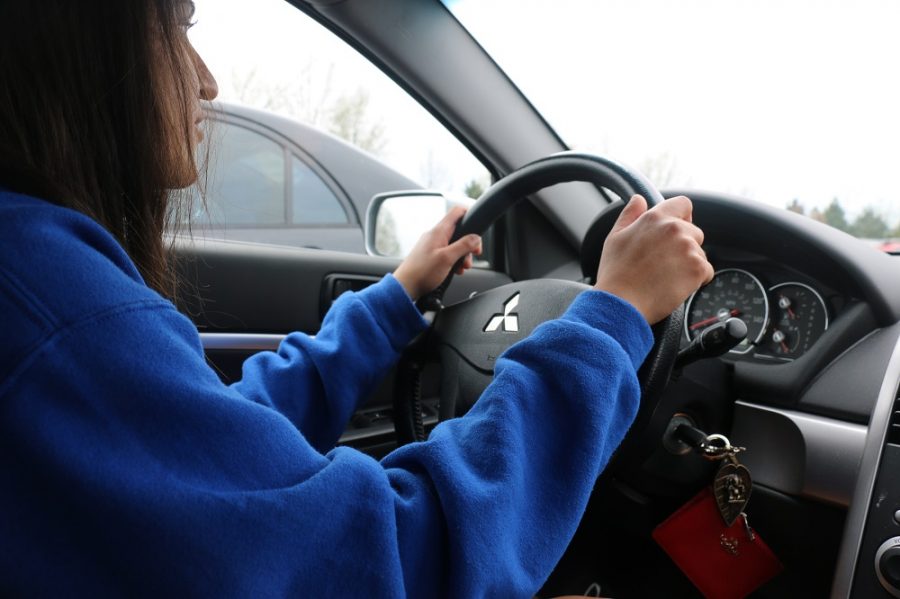
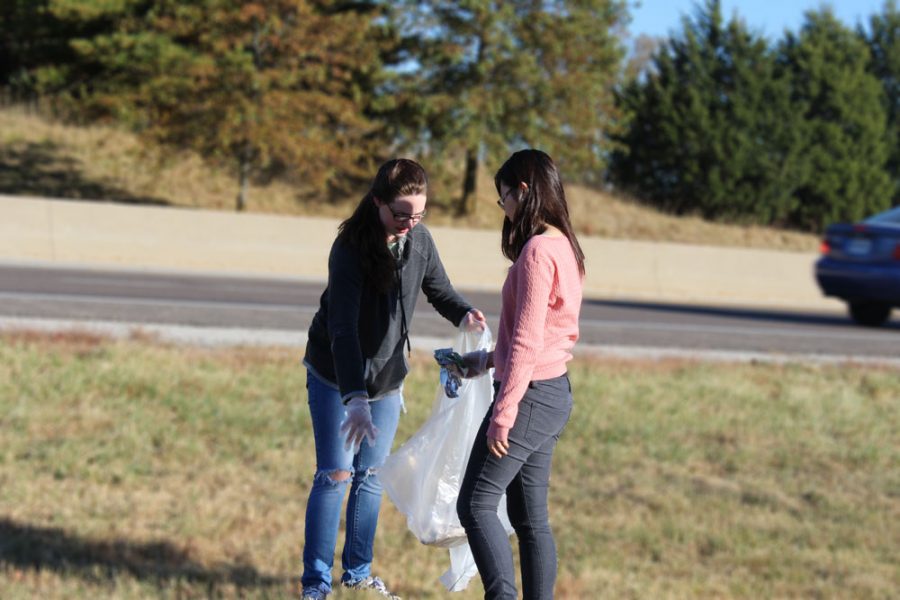


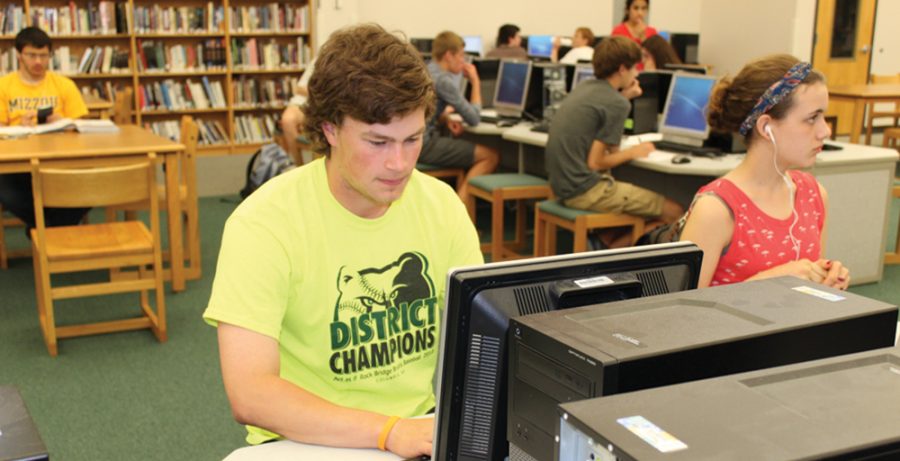
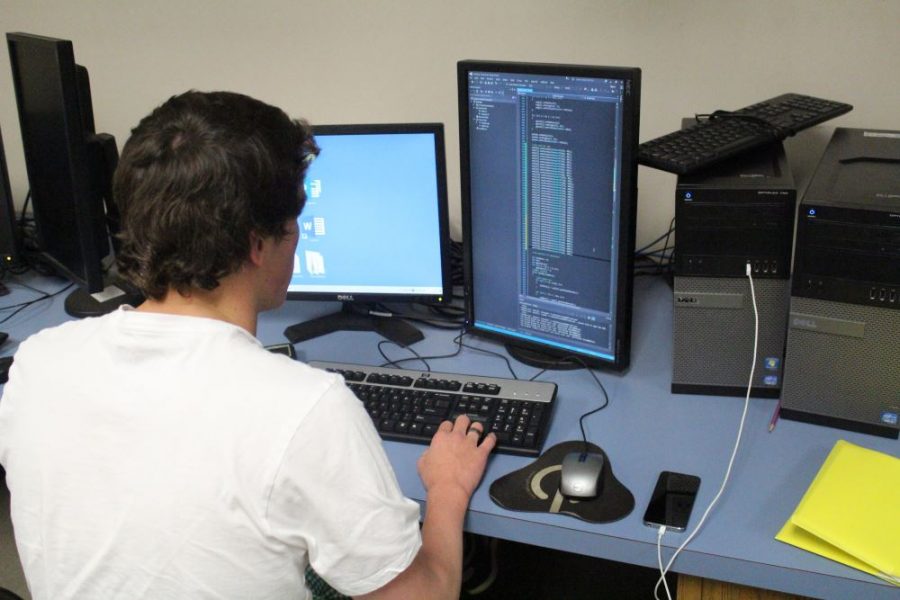
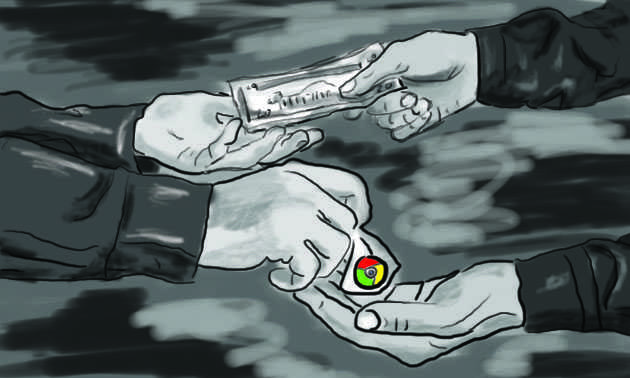
Faaris Khan • Apr 17, 2015 at 8:03 pm
I do feel kind of insecure when riding with a teenager, because every single time I see a crash news in the newspaper it’s someone in their teens. Not saying that all teens are bad drivers. Great story.
Elliot Bones • Apr 16, 2015 at 2:31 pm
This is a quality story. 10/10 would read again. The colors in the info graphic were somewhat distracting but that was a slight thing.
Ron'Zena Hill • Apr 16, 2015 at 1:43 pm
When riding shot gun with a friend I often see this happening, however I never speak out about it. I know my life could be in danger but I guess I’ve been exposed to it for so long I don’t really see it as a serious offense. We come from a generation that is lost without our cell phones and though it’s not safe they’re still latched onto us in the cars as well.
Nikol Slatinska • Apr 16, 2015 at 11:32 am
I really like the infographic- I’d never even heard of people changing clothes while driving and the thought of that scares me.